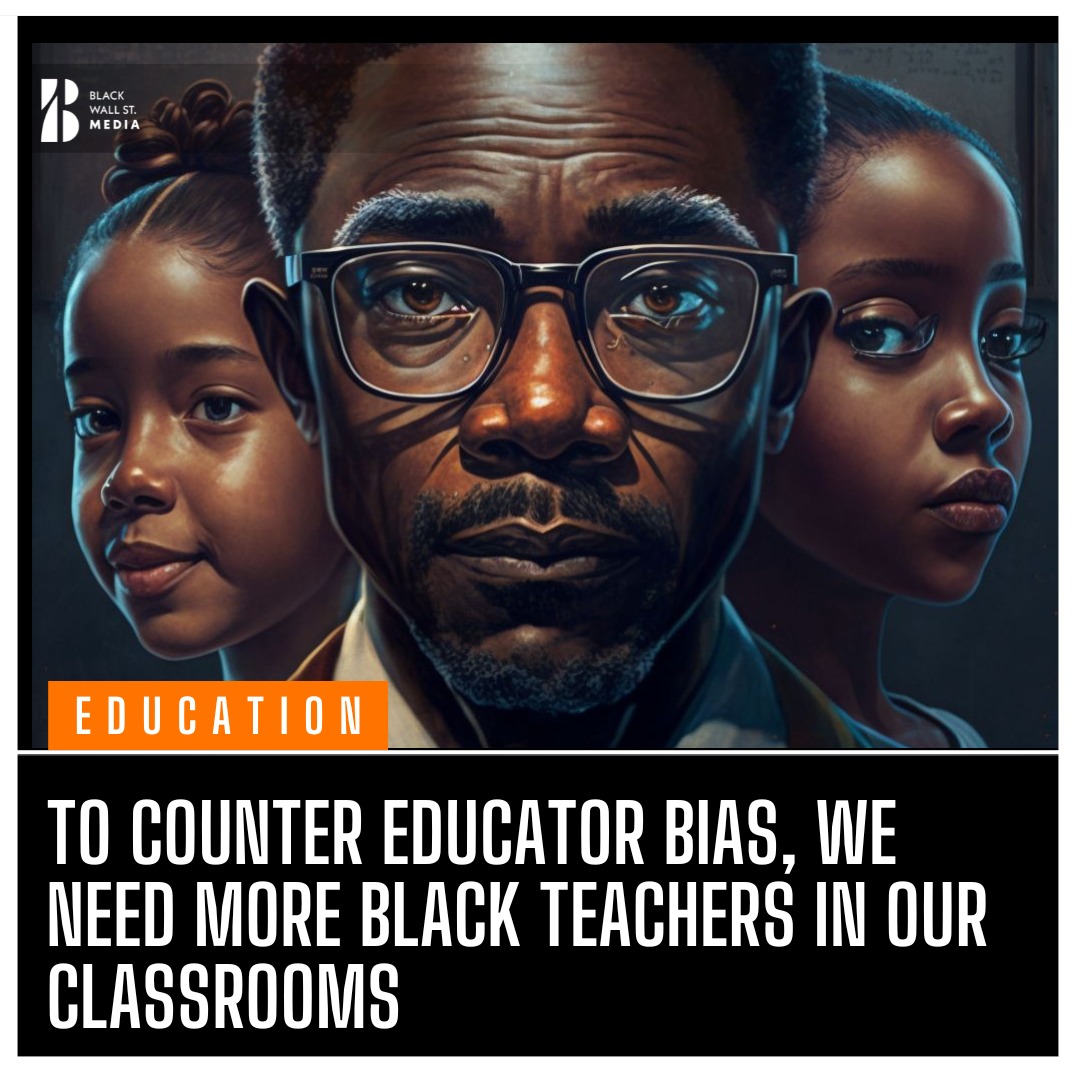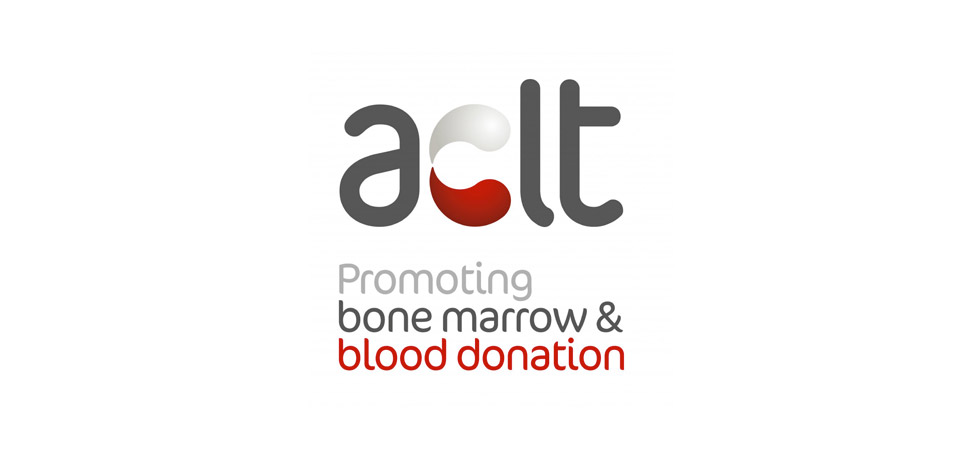Our system fails too many Black students.
We can and must do better; here’s how
by ORVILLE JACKSON and ROBERT J. HENDRICKS III
 As high school teachers, we often saw Black teenagers — mostly boys — who were simply bored with their lessons deemed incapable of high academic achievement, shunted off to remedial classes or special education and encouraged to be happy with merely making it to graduation.
As high school teachers, we often saw Black teenagers — mostly boys — who were simply bored with their lessons deemed incapable of high academic achievement, shunted off to remedial classes or special education and encouraged to be happy with merely making it to graduation.
We didn’t have magical powers, but we could clearly see the wasted potential of these young men and wondered why others could not.
Sadly, our experience has been and is being replicated time and again across the country, as Black youth are stifled by educator bias: The inability of teachers to recognize and rise above the implicit (and sometimes explicit) prejudices they hold about Black students. This bias plays a key role in keeping Black students out of the gifted programs and advanced classes that would give them opportunities to earn free college credits and boost their chances of going to college. Indeed, while Black students make up 15 percent of high schoolers nationwide, they are just 9 percent of students enrolled in at least one Advanced Placement (AP) course.
Addressing educator bias is critical. We can and should push for all educators to view our kids fairly. But even more importantly, we must find teachers who, by both background and training, can already accurately assess the intelligence and potential of our kids.
That means more Black teachers in the classroom.
We must find teachers who, by both background and training, can already accurately assess the intelligence and potential of our kids. That means more Black teachers in the classroom.
Today, many schools are using the same decades-old educational playbook that was designed by and for white America. But experts predict that by 2050, the majority of the U.S. population will be nonwhite — underscoring the need to transform our education system to more equitably serve all students.
Black teachers, who’ve long played a role in educating children shut out of the traditional system, will be essential to this transformation.
Decades before the present-day movement for anti-racist schools, Black teachers operated from a fundamentally anti-racist vision, according to Harvard Graduate School of Education Professor Jarvis R. Givens. These leaders laid the foundation for public education in the South during Reconstruction and expertly navigated the constraints of white authority during the Jim Crow era — a practice Givens calls “fugitive pedagogy.”
Following the landmark 1954 Brown v. Board of Educationruling that deemed racially segregated schools unconstitutional, however, thousands of highly qualified Black teachers lost their jobs as Black students joined better resourced, predominantly white schools that did not welcome Black educators. The consequences of this involuntary exodus persist today, as Black educators comprise only 7 percent of the nation’s teachers, and Black men just 2 percent.
Betting on Black excellence
Our predominantly white education system fails many Black students, undermining their opportunities for lifetime success even as their lives are just beginning. If we are committed to transformation, prioritizing teacher diversity should be a foundational goal of every district. Not only has it been linked to improved academic achievement, behavior and college aspirations among Black students, but white students also report positive academic and social-emotional experiences when exposed to teachers of color.
Hiring Black teachers is an important first step, but decision-makers should also adopt the following practices to ensure these teachers feel empowered and supported to stay.
1. Embrace and trust Black teaching. As leaders strive to convert their 2020 equity statements into action, they must evaluate whether their school cultures welcome Black ideas and foster networks of support. Prioritizing diverse representation, affinity spaces and professional development is essential to creating a vibrant culture where Black educators can collaborate with and support colleagues of similar identities. Additionally, schools should support Black educators in infusing their classrooms with their own lived experiences — as their predecessors so expertly did — and not limit their methods only to “tested” pedagogies.
2. Center Black joy and intellect. Predominantly white education systems too often categorize Black students by their perceived limitations, rather than their strengths.
Drawing upon the nation’s legacy of Black educators — whose teachings elevated Black identity, intellect and joy — can help counteract this ingrained bias and shift the narrative on Black students’ potential. Schools should embrace curricula that present an asset-based lens on Black history, so students can understand Black Americans’ rich contributions to our nation’s story and, in turn, see opportunity in their own future.
3. Invest in Black teachers. Decades of discrimination and inequality have fueled persistent racial wealth gaps, as Black families hold just 4 percent of the country’s total household wealth despite representing 13.4 percent of the population. If we encourage Black graduates to pursue teaching, we must also recognize the conflict this presents with their long-term wealth potential. Paying teachers a respectable salary that allows them to build their own financial capital is critical, as is ensuring that these salaries are equitably distributed.
While these tips are hardly exhaustive, they provide a baseline for action. Markers of success will vary, but analyzing trends in teacher demographic data is one way we can monitor progress toward the goal of increased teacher diversity. Alongside traditional measures like test scores and student growth, teacher diversity data offers an important signal of school quality but is often difficult to find.
As districts commit to hiring and supporting more Black teachers, states must make teacher demographic data readily accessible to all.
Parents and caregivers should feel empowered to use this information to advocate for more teachers of color in their communities and, once successful, rest assured that these skilled teachers will challenge their children to think critically and embrace new perspectives.
Orville Jackson is a first-generation college graduate and vice president of data strategy for GreatSchools.org, a national education nonprofit that helps parents access a quality education for their child.
Robert J. Hendricks III is founder and chief executive officer of the He Is Me Institute, a nonprofit that empowers Black men to discover teaching. As a Black male educator himself, Robert has spent more than 13 years in education in the classroom and administration.
Source







